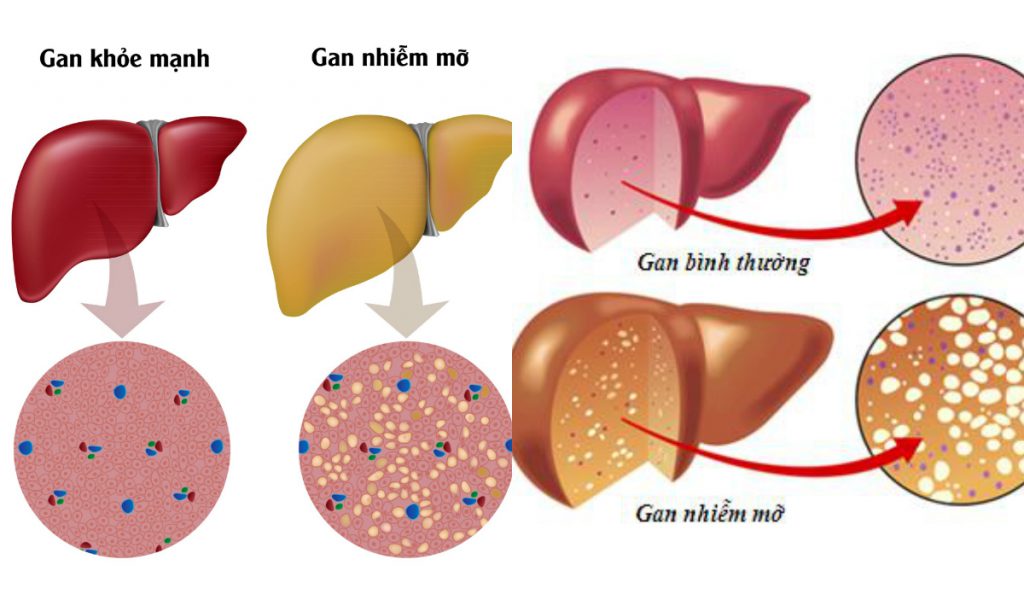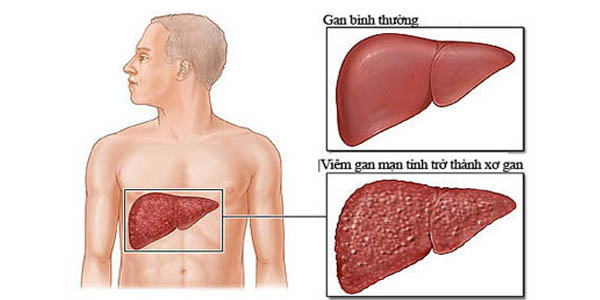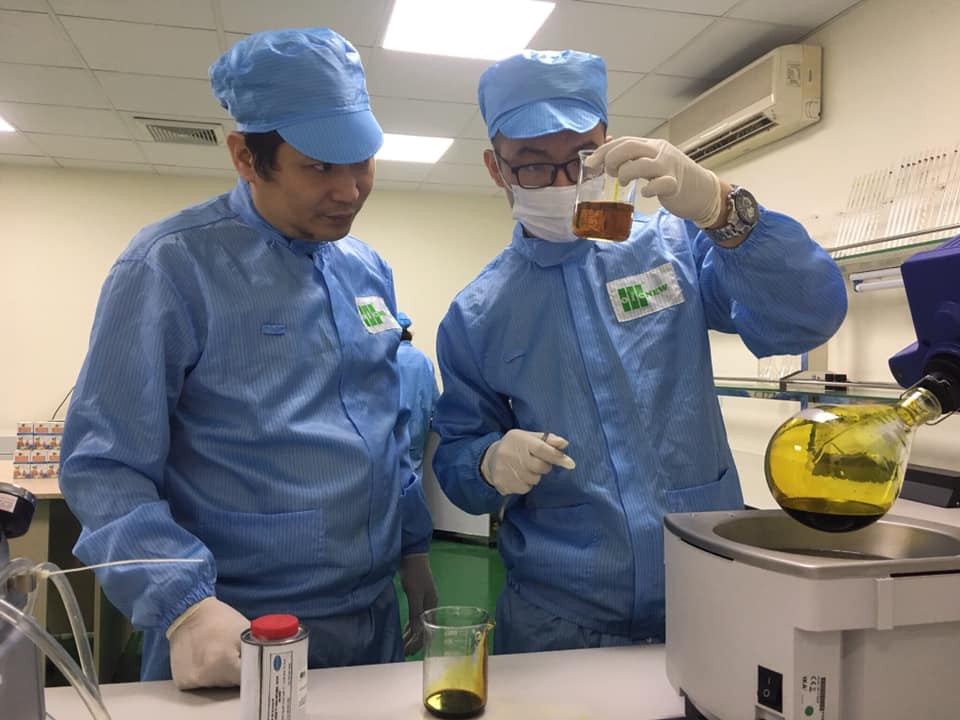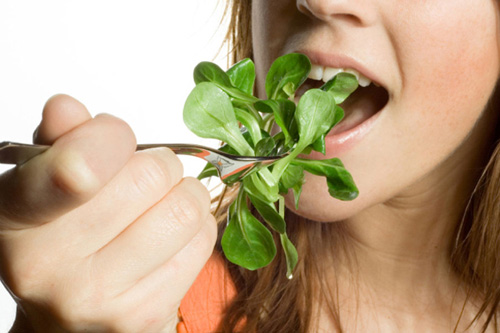The liver performs about 500 important functions. Among them, there are 3 most notable functions: secreting bile to help digest food; purify toxins for the blood to feed the body; stores glucose for energy when needed. Because the main role is to break down toxins and nutrients, the liver is very susceptible to “disease”.

I. RISKS OF DISEASES
1. Drink a lot of alcohol
This condition is known in medical terms as ARLD (Alcohol Related Liver Disease). When newly infected with this condition, it is possible that the symptoms of the disease are still hidden, not clearly expressed to the outside, only with bloating, itching, loss of appetite …
However, if you drink too much alcohol, you need to have regular health check-ups to detect in time if your liver is damaged. Blood tests will detect abnormal liver enzymes if there is a problem. In the later stages of this disease, symptoms such as lethargy, confusion and vomiting blood… are sure signs that you have ARLD.
If because of work, often have to use alcohol to communicate, you need to pay special attention to taking care of and protecting the liver, so that the liver always performs well its role of detoxifying and detoxifying the body.
2. Virus infection.
There are 5 main types of hepatitis, of which the 3 most important are: Hepatitis A, B, C
You can get hepatitis A by eating food or water contaminated with the virus. Hepatitis B is usually transmitted through sexual contact with an infected person or sharing unsterilized needles. Hepatitis C is usually transmitted by direct contact with the blood of an infected person.
Early signs of hepatitis can be symptoms similar to those of a mild flu: fatigue, loss of appetite, nausea, weight loss, etc. Worse conditions may include dizziness, impaired circulation, dark urine…
3. The diet makes the liver fatty
This disease is not caused by drinking too much alcohol, the medical term is NAFLD (non-alcoholic fatty liver disease). It can be caused by an unhealthy diet, with too much excess fat in the liver. If left untreated, fatty liver can lead to cirrhosis, liver failure, heart attack and stroke.
4. Cysts in the liver
Fortunately, this is not usually a serious condition. Cysts in the liver arise when the liver is suffering from a certain disease in which some cells overproduce and secrete fluid, forming pockets of water like cysts. There will be no warning signs until the cysts grow large and can cause pain and discomfort for the patient. Cysts in the liver are difficult to detect, so regular scans, ultrasounds and tests are required to determine the disease status.
5. Edema due to cirrhosis
Edema can occur when you have hepatitis C or complications of alcoholic hepatitis (ARLD) in developed countries. The serious problem is that they strongly reduce liver function, causing the liver tissues to become fibrous, calloused and scarred. The patient’s legs and feet are edematous due to fluid retention. The hands and feet are itchy, easy to bruise, and the liver becomes very sensitive to impact.
II. SIGNAL
1.Tired
Fatigue and exhaustion are often thought to be related to liver problems. When the liver is not healthy, the removal of toxins from the blood will not be effective. One of the popular methods used by doctors in the UK to determine if this fatigue is caused by a diseased liver is the “Fatigue Impact Scale” method. It assesses the fatigue effects of physical and mental activities and is often used to assess liver recovery during treatment.
Fatigue, loss of appetite, and loss of appetite are typical signs of early-stage liver disease. There are many ways to improve fatigue, loss of appetite, itching, etc. However, it is necessary to restore and improve liver damage from the root to be able to end the symptoms in the first place and prevent disease recurrence.
2. Dark urine
Darker urine can be caused by taking certain medications, or simply by not drinking enough water daily. But when suddenly your urine color is much darker than usual and especially you see white stools, this could be a sign that you have liver disease. In this case, you need to urgently go to the hospital for urgent treatment because your liver function may be severely impaired.
3. Jaundice
A classic warning sign for liver disease is jaundice and yellowing of the whites of the eyes. Jaundice, yellow eyes are specific signs of liver disease, because the liver does not metabolize and clear the bile pigment called bilirubin.
When liver function is normal, the amount of free bilirubin in the blood will be converted by the liver into a conjugated form and eliminated. When liver function declines, there is an excess of free bilirubin in the blood, causing this yellowing of the skin and eyes.
Usually, when jaundice, confusion, and disorientation appear, liver disease has entered a dangerous stage. Signs of liver disease usually take place silently and only flare up when the disease becomes severe. The liver carries the heaviest job of filtering out toxins in the body. Once there is a problem with the liver, the body will weaken quickly, so don’t wait for symptoms to appear, act quickly to save the liver, before it is too late. Usually, when jaundice appears, confusion, loss The direction is that liver disease has entered a dangerous stage
How to have a healthy liver???
– A healthy diet, regular exercise, and adequate sleep are 3 important factors for a healthy liver. Avoid excessive use of foods that affect the liver such as alcohol, beer, tobacco, coffee
– Taking 1ml of Liquid Nano Curcumin OIC daily can help promote the formation of liver detoxification enzymes, help enhance liver function, lower liver enzymes. Inhibits free radicals, protects liver cells, prevents the formation of inflammatory enzymes. Inhibiting the replication of hepatitis A, B, and C viruses reduce high cholesterol levels in the blood, thereby inhibiting fatty liver formation.
















